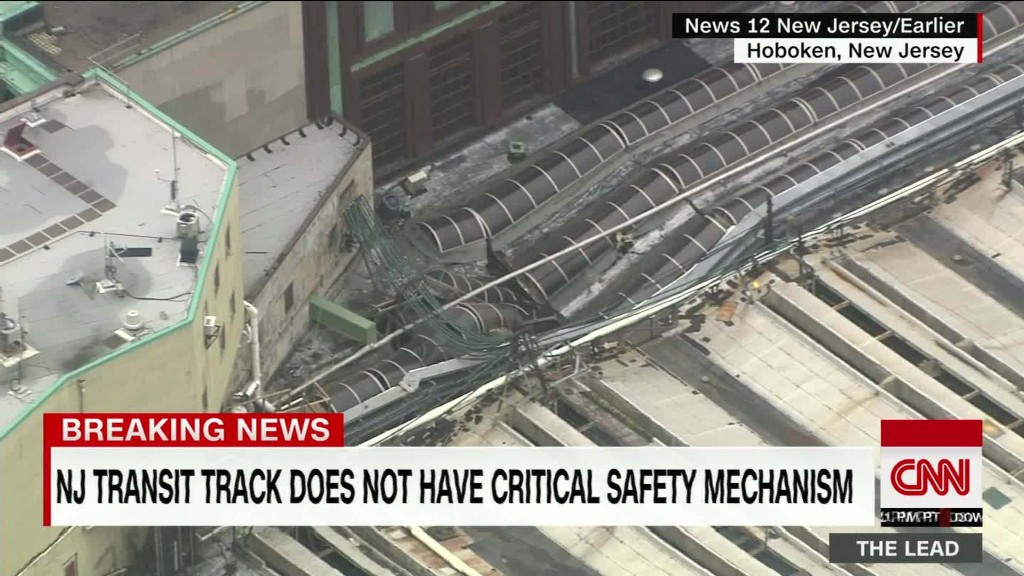
For the second time in just over five years, a train crashed at one of New Jersey's busiest stations.
Thursday morning's crash of a New Jersey Transit train at the Hoboken station left at least one person dead and injured more than 110. In 2011, a Path train crashed at the same station, injuring more than 30 people. In 2015, there were two serious crashes: an Amtrak train crashed in Philadelphia, killing eight people, and a Metro-North crash in New York.
It may seem as if U.S. railroads are in disarray, but that's far from the truth.
The rate of passenger train accidents per million miles has declined significantly. In 2007, there were 2.1 accidents per million passenger miles traveled. In 2015, that figure dropped to 1.6, according to data from the Federal Railroad Administration.
"Train safety has been steadily improving over the years," said Allen M. Zarembski, a University of Delaware professor and director of railroad engineering and safety program.
Related: Hoboken crash: 1 dead, more than 100 injured
Passenger trains aren't the only ones to see gains. The rate of freight train accidents has fallen 23% since 2007, according to Federal Railroad Administration data. The Association of American Railroads reports that freight train derailment rate was at an all-time low in 2015.
Since Thursday's crash, New Jersey Transit has been criticized for not having a positive train control (PTC) system, a technology designed to reduce human error and prevent crashes.
In 2011, the National Transportation Safety Board concluded that the lack of PTC contributed to the Path crash. Trains were expected to have PTC by the end of 2015, however Congress extended the deadline to the conclusion of 2018.
"PTC is an expense implementation," said Zarembski, who believes the delays are reasonable. "This was an unfunded mandate by Congress who require a large capital investment but did not provide the funding for it."
Related: Could positive train control have prevented the crash?
In a 2012 report, the New Jersey Rail System estimated that installing the system would cost $225 million.
Bella Dinh-Zarr, the NTSB vice chairwoman, told reporters that her organization's investigation would look at PTC.
"PTC has been one of our priorities," she said. "We know it can prevent accidents."

